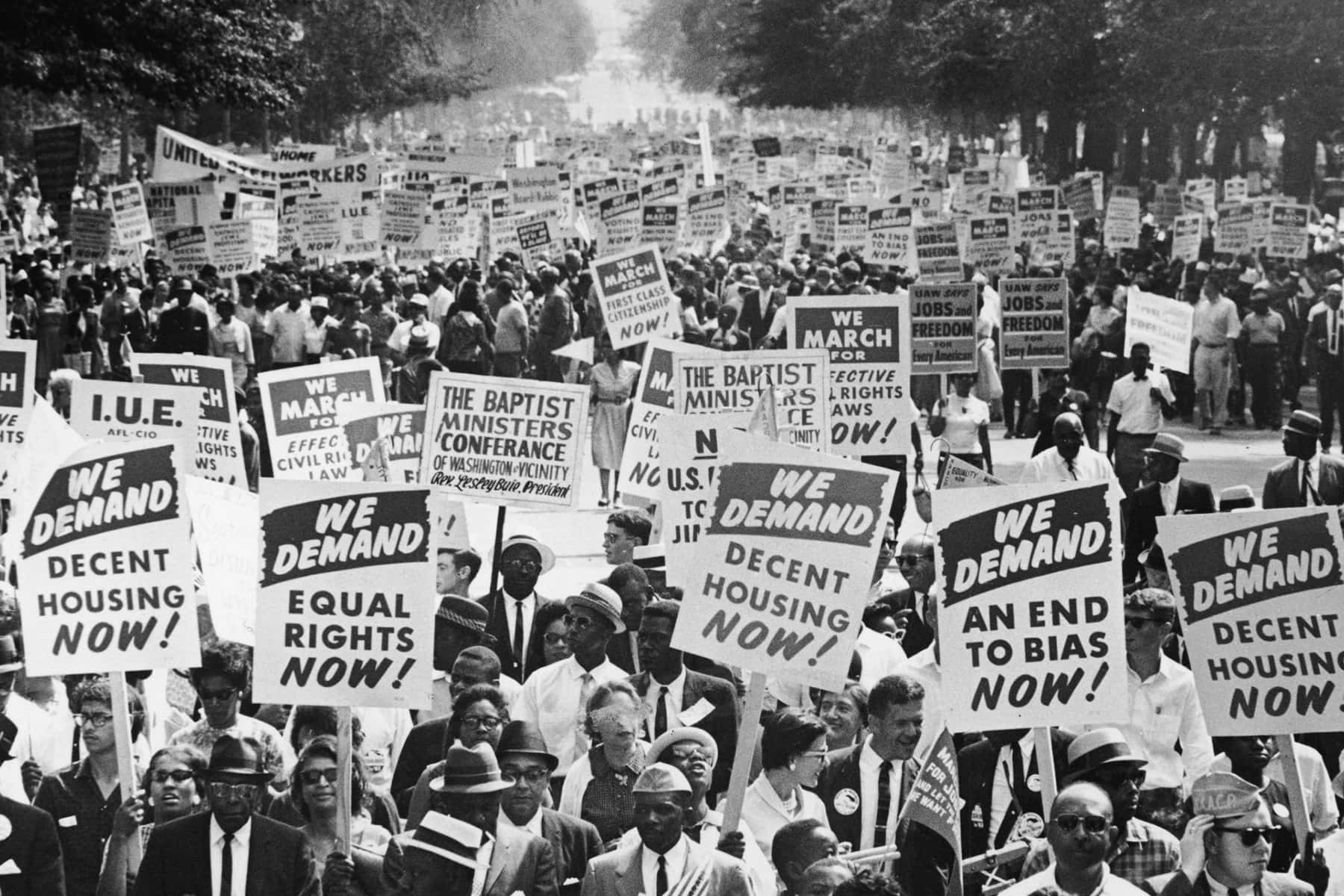
The Department of Housing and Urban Development (HUD) recently published a proposed rule that would substantially limit enforcement of the 1968 Fair Housing Act, whose purpose is to provide for fair housing throughout the United States.
The re-reading of the Fair Housing Act urged by the President and his Cabinet Secretary Ben Carson appears to eliminate the possibility of challenging systemic discrimination—which is often subtle and embedded in government and industry practices—and risks deepening patterns of segregation and racial wealth disparities.
The proposal would gut the core of the Act’s disparate impact method of proof. This is despite the Supreme Court’s affirmation of this approach in a 2015 decision authored by Justice Kennedy in Texas Department of Housing & Community Affairs v. Inclusive Communities Project (ICP). The disparate impact method of proof has been used to challenge loan practices that exclude or charge higher prices to minorities or target them for subprime loans; it has also been used to address practices that displace minority communities to further gentrification and to combat discriminatory zoning practices that exclude minorities from majority-white communities.
An example of disparate impact involves a challenge to actions taken by St. Bernard Parish, Louisiana, a majority-white community outside of New Orleans, in the aftermath of Hurricane Katrina. The parish had adopted a number of measures to prevent blacks displaced by the Hurricane from relocating to the Parish. One such measure was a “blood relative ordinance,” which prohibited rentals to those without blood ties to existing St. Bernard Parish residents. A court ruled that the Parish’s actions violated the Fair Housing Act under intent and impact theories, and Justice Kennedy in ICP cited this case in making clear that the Act reached disparate impact claims.
The single question presented in ICP was whether the statute permits disparate impact claims. The Court therefore did not decide what standard should be used to analyze those claims. HUD’s current disparate impact rule, adopted in 2013 by the Obama administration after an extensive regulatory process, formalizes the longstanding understanding that the Act prohibits policies and practices by the housing industry that cause segregation or adverse disparate effects on protected groups, and that lack sufficient justification.
The 2013 rule applies the traditional three-step burden shifting approach for proving disparate impact claims, embodied in other civil rights statutes such as Title VII of the Civil Rights Act of 1964 (employment discrimination). The Title VII disparate impact standard was codified by statute in 1991, and the current HUD standard aligns closely with that. As in employment, HUD’s 2013 rule made clear that a statistical disparity alone is not enough to prove disparate impact discrimination under the Fair Housing Act.
The Trump Administration’s proposed rule would tear through that careful structure by piling on new requirements for plaintiffs and creating broad defenses for the housing industry. First, HUD’s proposal perverts the concept of a prima facie case by incorporating the defendant’s rebuttal into the plaintiff’s prima facie case. Traditionally, if the plaintiff establishes a prima facie case and the defendant fails to rebut, the plaintiff prevails. Under the new rule, in order to prevail, the plaintiff is expected to establish its affirmative case as well as prove the negative – that no rebuttal is possible.
In other words, as part of the prima facie case, the plaintiff must prove that the defendant has no “valid interest or legitimate objective” in the challenged practice. These unusual standards are incorporated into the proposed rule’s novel five-factor test for establishing a prima facie case. Not only does the defendant have no burden to prove a valid interest to rebut the prima facie case (although it can elect to submit evidence if it would like), it is afforded two entirely new, extremely broad defenses that shield it from liability.
The first of the two defenses operates almost like a preemption doctrine rather than how it is described in the preamble – as a rebuttal of plaintiff’s causation requirement. The proposed rule gives the defendant a complete defense to a disparate impact claim if it can show its discretion is “materially limited” by federal, state or local law, or by a “binding or controlling court, arbitral, regulatory, administrative order, or administrative requirement.” The Trump administration’s “following orders” defense flies in the face of the core purpose of the Fair Housing Act – which is to dismantle segregation and eradicate barriers to equal housing opportunity – be they intentionally imposed or inadvertent yet unnecessary, and whether established at the local, state or federal level, or by private corporate interests.
The second defense to a prima facie case is available to defendants who use algorithms or other models in making their housing decisions; but it operates more like an exemption for most if not all of the financial services industry – namely mortgage banking and homeowners insurance. For instance, it makes disparate impact challenges to underwriting decisions unenforceable if the model is the industry standard, or if the model predicts for risk or some other valid objective and none of the factors in the model are intentionally discriminatory.
The effect of this defense is to exempt from the Act those industries that denied or limited black access to the wealth generating capital available to many Americans, regardless of class. More recently in cities like Baltimore, banks sought out black and brown communities to provide them inferior loans. Nationally, black communities still have not recovered the wealth lost during the financial crises.
Between the unusually stringent and likely never to be satisfied prima facie case, and the two all-encompassing and easy to satisfy defenses, the proposed rule appears to use a belt and suspenders approach geared to ensure no effects case slips through. If the rule is finalized, it is likely to be challenged in court. It will then be to challengers to show a court that the Trump administration’s interpretation distorts the meaning of the 1968 Fair Housing Act and undermines both congressional and judicial authority.
Olatunde Johnson and Michelle Aronowitz
Originally published as The Trump Administration’s Assault on Fair Housing














